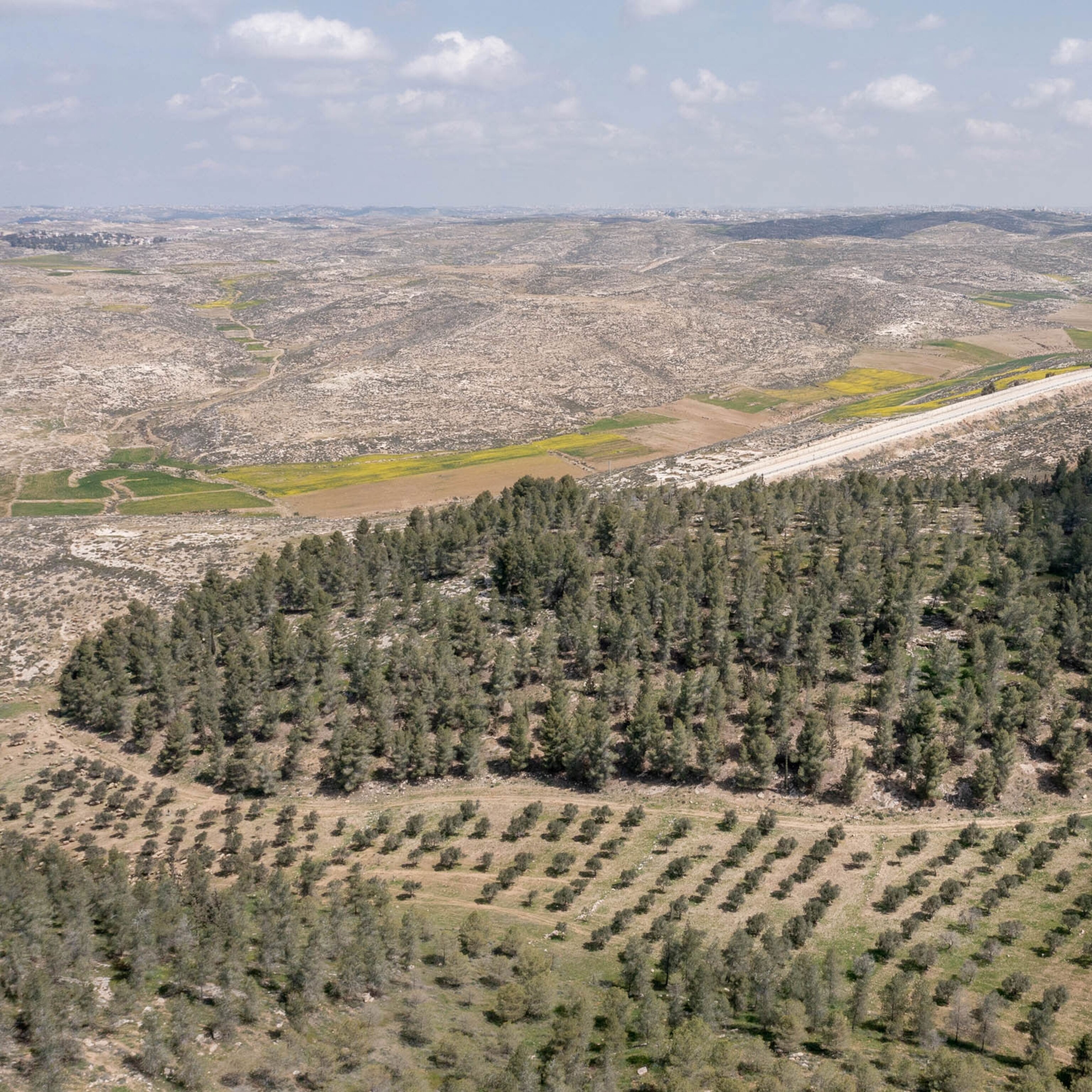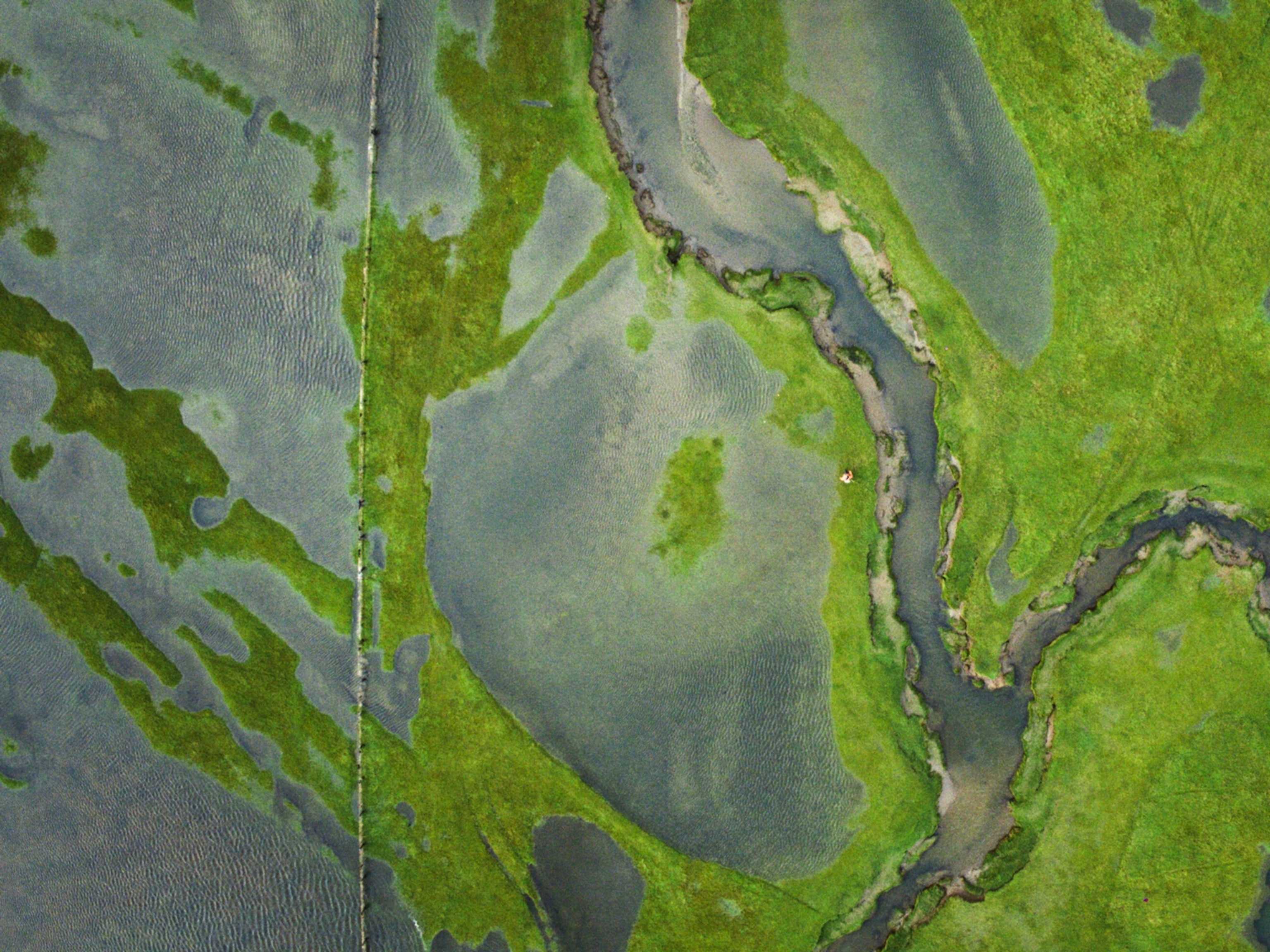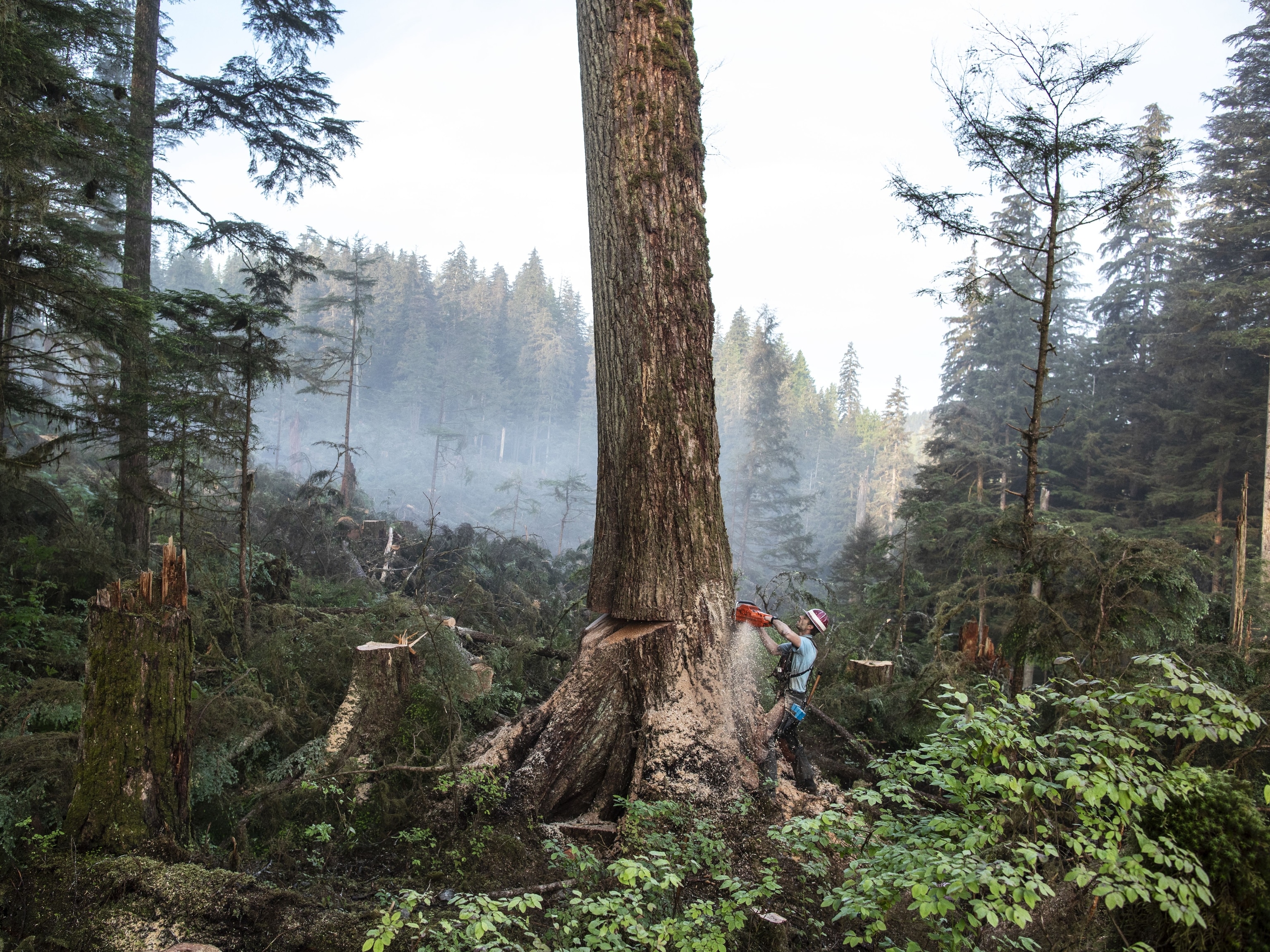In a Harsh Desert, a Watery Forest Survives
Hot, salty, and dry: a Persian Gulf mangrove forest overcomes a land of extremes.
In the mangroves of southern Iran's Qeshm Island, you need to be aware of your surroundings at all times.
“Imagine that you are entering a beautiful mangrove forest, and you are amazed with the beauty of this ecosystem as you listen to the birds sing,” recalls Maryam Shahraki, a marine biologist who did her doctoral research in the area. “Then, you realize that the water is too low and your boat got stuck in the mud!”
Such is life along the shores of Qeshm Island, where low-sloping mud flats lead to large tidal fluctuations that can catch fishermen and scientists unaware and stranded.
The mangroves of Qeshm Island are uniquely adapted to their brutal surroundings, which are characterized by searing heat, little rainfall, and high salinity. Dominated by a single species, Avicennia marina, the Qeshm mangroves experience some of the largest air and water temperature swings of any mangrove ecosystem in the world.
Qeshm is the largest island in the Persian Gulf and part of UNESCO's Hara Biosphere Reserve and the Haraye Khamir Protected Area. It is protected by both local and international conservation efforts, but, like many mangrove ecosystems around the world, the Qeshm mangroves are threatened by human development and climate change.
To better understand the Qeshm Island mangroves, and the global importance of mangroves forests, we caught up with Shahraki, who recently completed her Ph.D. at the Leibniz Center for Tropical Marine Ecology and now works at the Alfred Wegener Institute in Germany.
What role do mangrove forests play in coastal ecology and why are they important?
Mangroves around the world fulfill important ecological and socio-economic functions. They are the base of the food web and have important roles as a nursing ground for fish. Also, the complex structure of their roots provides food and habitat for fish and other animals. Many communities make their living from mangroves, through fishing and tourism.
Mangroves also offer protection against shoreline erosion and protect the coast from heavy storm surges.
How did you first get interested in this particular ecosystem?
There are 10 mangrove sites along the Iranian coast in the Persian Gulf and Oman Sea, and I have experience working in most of them. I found the Qeshm mangroves to be an amazing place where you could see the desert, mountains, and forest all near each other. Forests in the middle of the desert!
What are the unique characteristics of the Qeshm Island mangroves?
These mangroves are adapted to a hot, stressful situation. The water temperature could be 97°F (36°C) while the air temperature is 113°F (45°C), but there are large temperature fluctuations in both the air and water. The air temperature can range from 50°F to 115°F (10°C to 45°C), and the water temperature can fluctuate by as much as 36°F (20°C) between the summer and winter. In other parts of the world the water temperature may only change 7-9°F (4-5°C) between seasons.
The Qeshm Island mangroves survive in an arid environment. The mangrove forests of Southeast Asia and Latin America may receive 2,000 millimeters (~80 inches) of rain per year, but in this region it is less than 200 millimeters (8 inches). As a result, the Qeshm mangroves only reach heights of 3-4 meters (10-13 feet); in other parts of the world, they may reach heights of 20 meters (65 feet). If you work in the Qeshm mangroves, you do not benefit from a lot of shade!
The hydrology of the Qeshm Island mangroves is also unique. There is no permanent freshwater input to the mangrove, so the salinity is high. Additionally, the mangroves are not connected to other near-shore habitats such as coral reef or macro algae beds.
Forests in the middle of the desert!Maryam Shahraki
How do the local Iranians feel about this reserve?
They appreciate the mangroves because they make their living from them. They have a profound knowledge of the ecosystem and are very keen to learn new things.
During my fieldwork, a fisherman’s family provided great support. I was very impressed by their quest to learn more about my research and science.
What was the most rewarding aspect of working in the Qeshm mangroves?
It was a challenge, especially in the winter, to sleep in the forest during night sampling. It was a great adventure to find a proper place and move every one to two hours because of the tidal fluctuations.
My first night I could not sleep at all. The ground was cold, it was humid, and my clothes were wet; I was shivering all night. One time, I was awakened by something tickling my toes. It was a big mangrove mouse, a local guest! They live in the region and build their homes on top of the mangrove trees.
How are mangroves faring around the world and in the Persian Gulf?
Over the past 50 years, one-third of the world’s mangrove forests have been destroyed by human disturbance through development, farming, and pollution. They remain under threat for the same reasons. In the Persian Gulf, mangrove ecosystems are primarily threatened by climate change and industrial activities.
What are some of the potential consequences of losing these ecosystems?
It would affect the life of the local people because they totally rely on these ecosystems for fishing and tourism. Ecologically, other ecosystems would be impacted because mangroves provide the base for the food web.
This interview has been edited.
Follow Aaron Sidder on Twitter.







